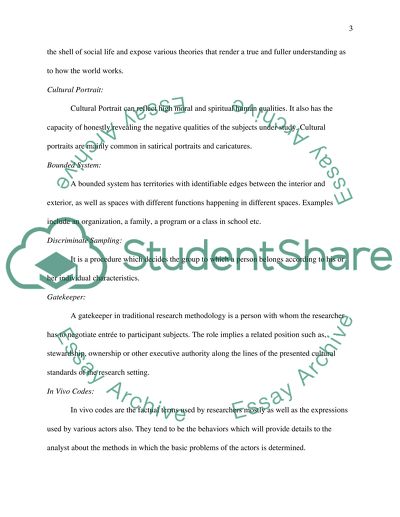Cite this document
(“Methods & Survey Research Designs Coursework Example | Topics and Well Written Essays - 2000 words”, n.d.)
Methods & Survey Research Designs Coursework Example | Topics and Well Written Essays - 2000 words. Retrieved from https://studentshare.org/education/1482374-methods-survey-research-designs
Methods & Survey Research Designs Coursework Example | Topics and Well Written Essays - 2000 words. Retrieved from https://studentshare.org/education/1482374-methods-survey-research-designs
(Methods & Survey Research Designs Coursework Example | Topics and Well Written Essays - 2000 Words)
Methods & Survey Research Designs Coursework Example | Topics and Well Written Essays - 2000 Words. https://studentshare.org/education/1482374-methods-survey-research-designs.
Methods & Survey Research Designs Coursework Example | Topics and Well Written Essays - 2000 Words. https://studentshare.org/education/1482374-methods-survey-research-designs.
“Methods & Survey Research Designs Coursework Example | Topics and Well Written Essays - 2000 Words”, n.d. https://studentshare.org/education/1482374-methods-survey-research-designs.


